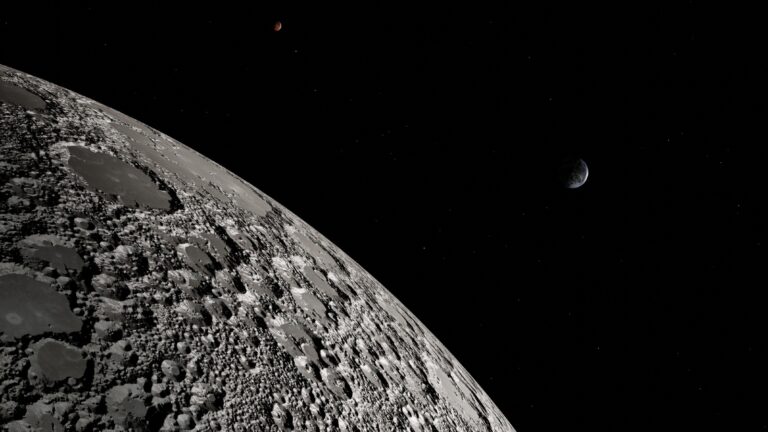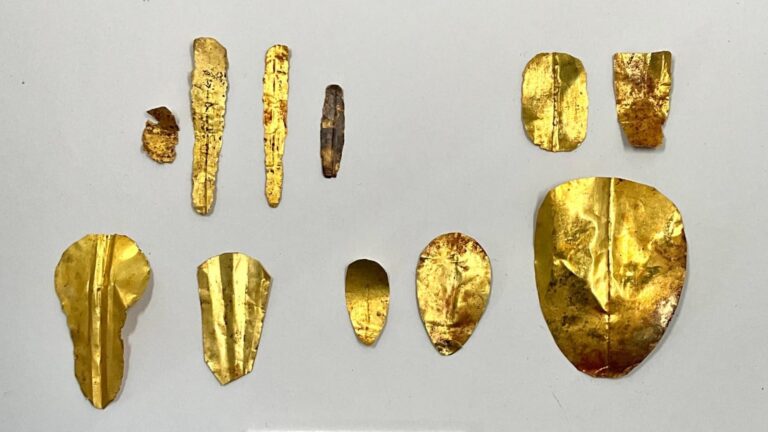NASA commander Suni Williams meets tentacled Astrobee robot on ISS

The robot’s flexible arms are a technology demonstration that could one day aid in satellite maintenance and space debris management.
Science and Technolgy blog

The robot’s flexible arms are a technology demonstration that could one day aid in satellite maintenance and space debris management.

A mountainside in Greenland collapsed catastrophically into the ocean, last year. The landslide triggered a wave as tall as the Statue of Liberty. This wave — a tsunami — swept 80 kilometers (50 miles) down a fjord there. Its rapid…

As fatal familial insomnia progresses, patients completely stop sleeping and enter a coma-like state that results in death within months.

DIY-ers in northern Holland filled a large gap in a tile floor with precisely sliced cow bones several centuries ago.

A person in Louisiana has been hospitalized with the United States’ first serious case of H5N1 bird flu, following 60 milder cases this year.

A lot is unknown, but the roles of billionaires like Elon Musk and Jared Isaacman suggests a focus on human and private spaceflight.

Scientists have shown that a “remelting event” more than 4.3 billion years ago “reset” the internal clock of most lunar rocks, which has helped obscure the moon’s true age.

More than a dozen ancient gold tongues have been discovered in a cemetery at the site of Oxyrhynchus in Egypt.

Moon news, features and articles

The sun news, features and articles